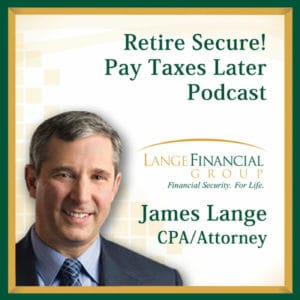Click here to listen to this snippet.
Adam: Erika, if you don’t mind, I see that John had a follow-up question. And it was about saying he’s leaning towards a three or four fund portfolio. Since everything is priced in, should you just buy a total market? And piggy-backing on what growth went up, if you had just a single fund you would not be able to lose harvest and reap valuable deductions versus the way we go about it when we have said four, five, or six different funds by asset class. So I think that’s one thing you need to consider.
Larry: Let me add this; there’s nothing really wrong with a very simple, even two fund portfolio. You could own Vanguard’s total US fund and Vanguard’s Total International fund which would own also emerging markets in it. The problem with that is a few things;
One, if you do that then you’re missing out on the opportunity to earn higher expected returns and assets classes that have provided greater returns meaning small end value stocks and also more profitable and quality companies have provided higher returns. So based on that evidence of their’s, let’s call premiums, in these what are called factors we tilt our portfolio to own much more than the market does. So the market owns about 10% small caps, our portfolios tend to be about 50% small caps. Although we tailor it to each individual person. The market is about let’s call it roughly 20% value. We tend to be 2/3 value stock because they have higher expected returns. They don’t always earn them, just like the S&P 500 or US total market doesn’t always beat T-Bills. In fact, there are 3 periods of at least 13 years where the S&P 500 underperformed totally riskless one-month treasury bills. The 15 years from 29-43, the 17 years from 66-82, and the 13 years most recently from 2000-2012. So that’s when value stocks far outperformed the S&P 500 during those periods.
The last point I want to make which is covered in a book I wrote called ‘Reducing the Risk of Black Swans’ with Kevin Grogan if you own more small value stocks as an example, that allows you to own a lot less equities because the equities you own have much higher-than-expected returns. So if you look at the data over the very long term, let’s keep it simple, small value stocks as they outperform by 3% a year if the S&P gets 10 and small value then has gotten 13, if my goal is to get a return of 10% and let’s say we thought that would be the returns going forward, I’d have to be 100% equities if I owned the S&P but I might only have to be 70% equities and owning small value. In fact over the long term a 60/40 S&P 500 and say a 5-year treasury portfolio has returned about the same.
While small value may underperform because it’s riskier, you only own 40% not 60% and the other side is your safe treasuries tend to go up a lot and you own 60% of that instead of just 40% and that really dampens what’s called that tail risk. Your portfolio will go down a lot less in those periods and that allows you to sleep better, stay the course, not panic and sell. So we think these are benefits that have really help investors over the long term.
Join Jim Lange LIVE on September 28th and 29th for his FREE two-day virtual events!
Click here to reserve your seat!

